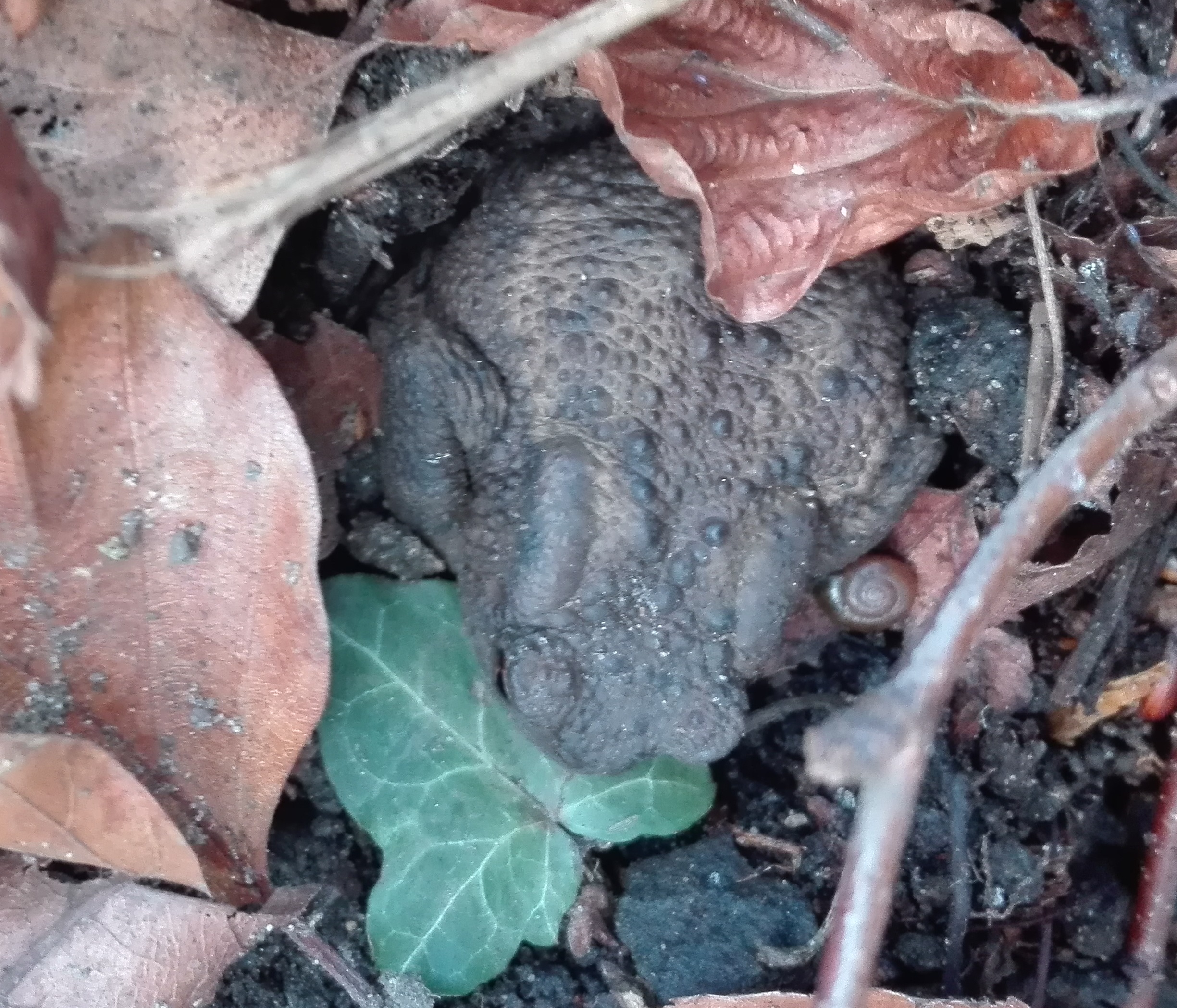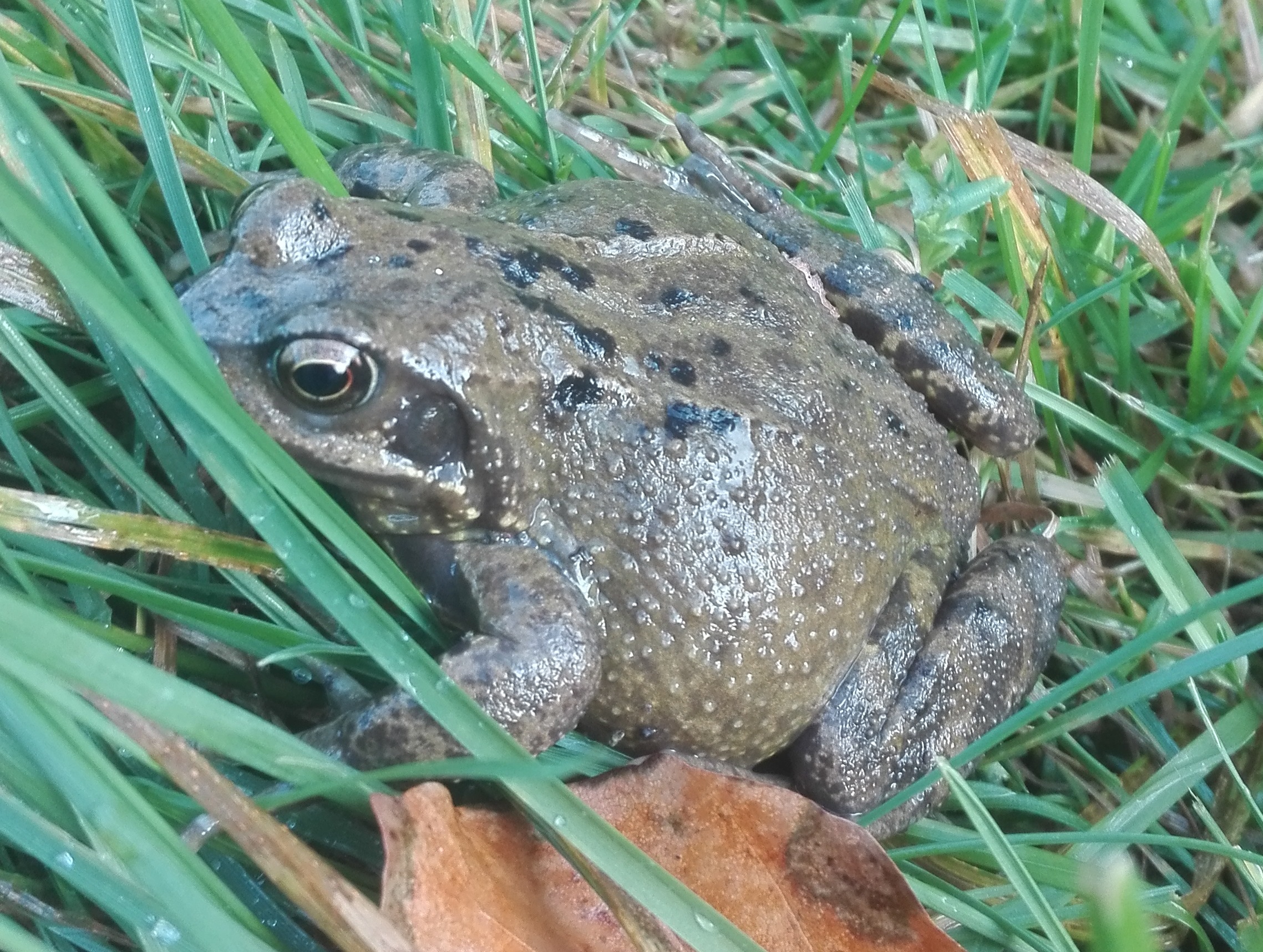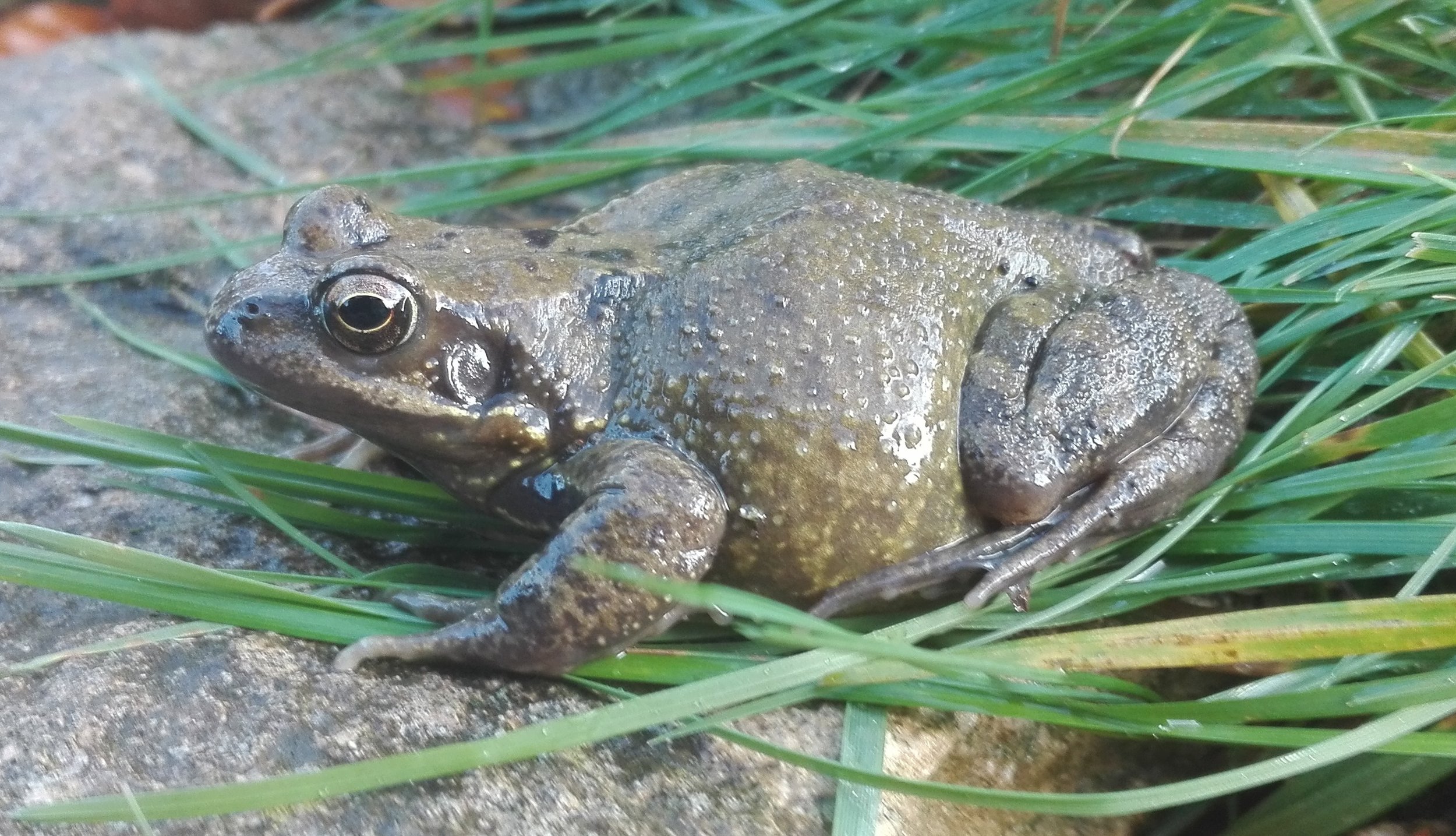Common Old Garden Insects
/There are not so many insects around now as we move into Autumn, so it’s good to look again at the common ones which are present. Spiders, like this large Garden Spider, are still hunting a last meal. These garden spiders die off in the Autumn, the next generation surviving as eggs over the winter to hatch in the spring. Ladybirds hibernate as adults. Most years we get a lot of Harlequin Ladybirds around the walls of the house on sunny autumn days, though this year there seem to have been less of them than previously and more of the native 7-spot ladybirds. Earwigs are also on the lookout for somewhere to hibernate - apparently they can often burrow deep underground to pass the winter, or like this male, come into the house seeking a cozy corner in which to hide out.
Aside from insects there have been some good birds around, but tough to get photos. The first fieldfare of winter was in the trees at the bottom of the garden, as were a couple of lesser redpolls that joined the goldfinch flock. Migrants included a male blackcap taking berries one day and a drop-in grey wagtail that visited the bare veg patch. A pipistrelle dodging the rain drops this evening might well be the last I see until the spring.









